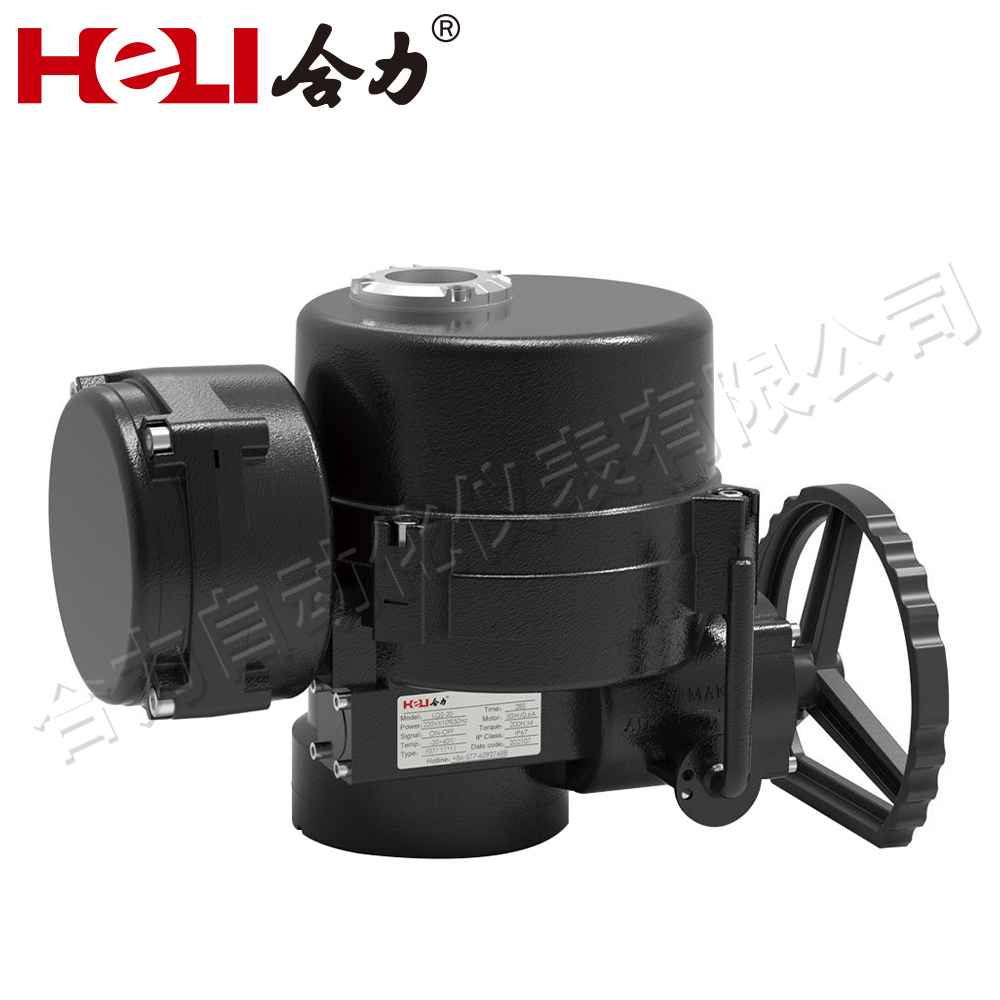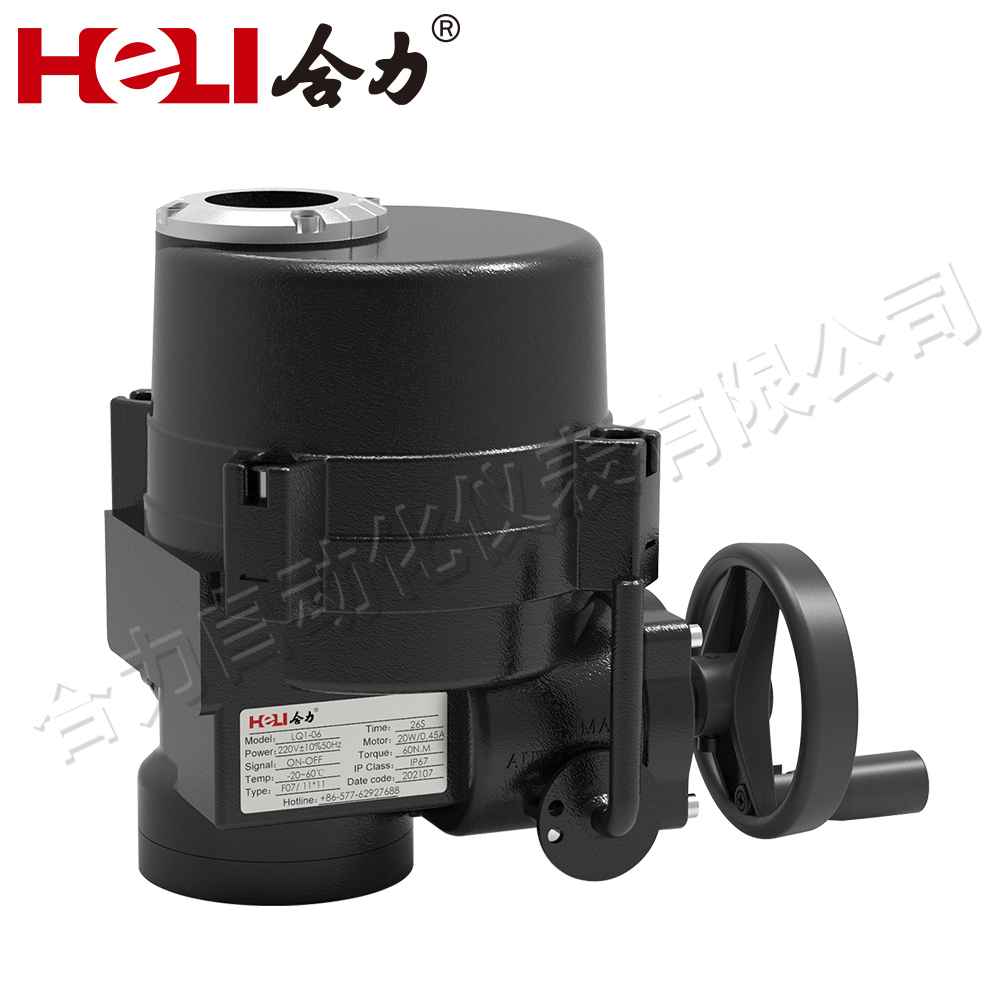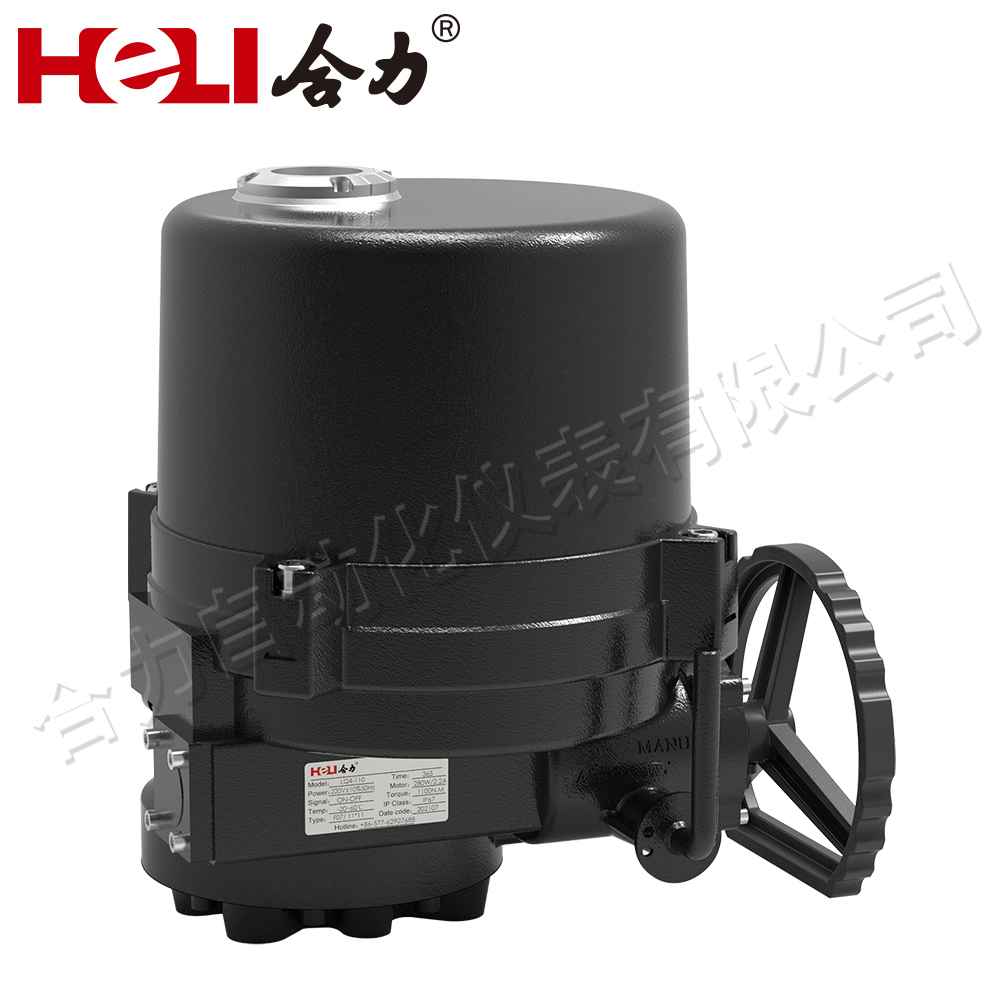In recent years, the demand for smart, efficient, and highly flexible automation systems has significantly increased. This shift in industrial and technological demands has driven the development of advanced technologies like the Lithium Battery Intelligent Control Wireless Electric Actuator. Combining the power of lithium-ion batteries, intelligent control systems, and wireless communication, this actuator offers substantial improvements in performance, energy efficiency, and versatility. In this article, we will explore the fundamental components, working principles, applications, and benefits of this groundbreaking technology.

The Components of Lithium Battery Intelligent Control Wireless Electric Actuators

A Lithium Battery Intelligent Control Wireless Electric Actuator is made up of several key components: Lithium-Ion Battery: Known for their high energy density and long cycle life, lithium-ion batteries are a perfect match for electric actuators. Their compact size and ability to provide a steady power supply make them ideal for portable and mobile applications. Compared to traditional lead-acid or other battery types, lithium-ion batteries can charge faster and last longer, reducing downtime and maintenance costs for the actuator. Electric Actuator: Electric actuators are devices that convert electrical energy into mechanical motion. These actuators are crucial for applications that require precise control, such as robotics, automotive systems, and industrial machinery. They can produce either linear or rotational motion, depending on the design and requirements of the system.
